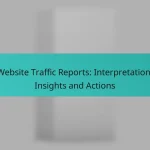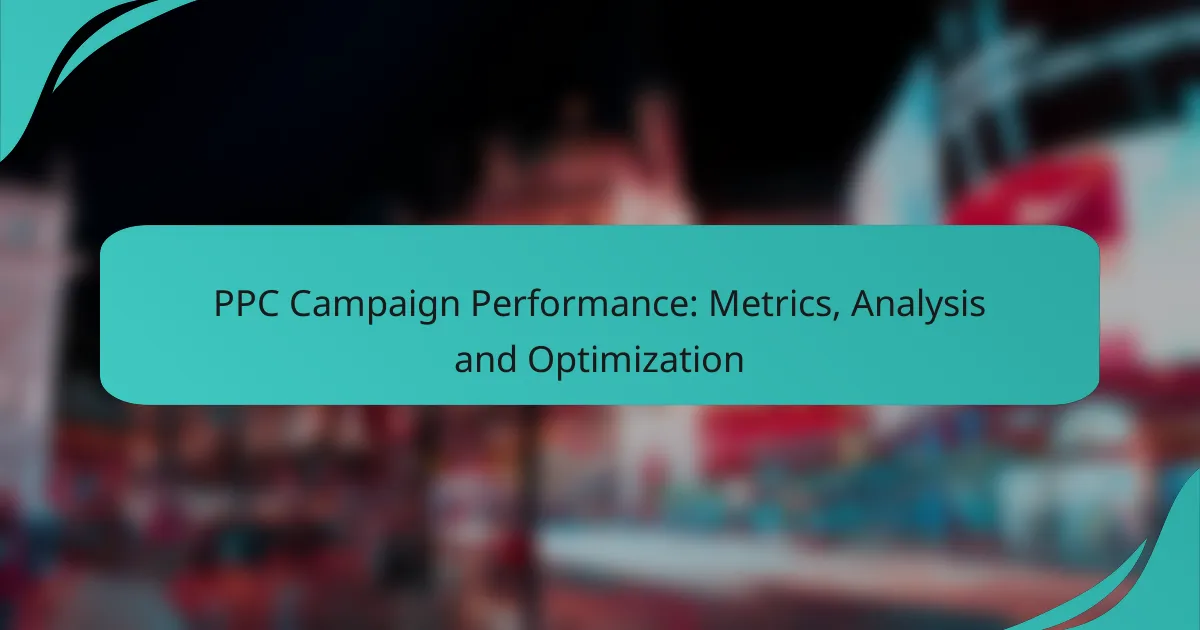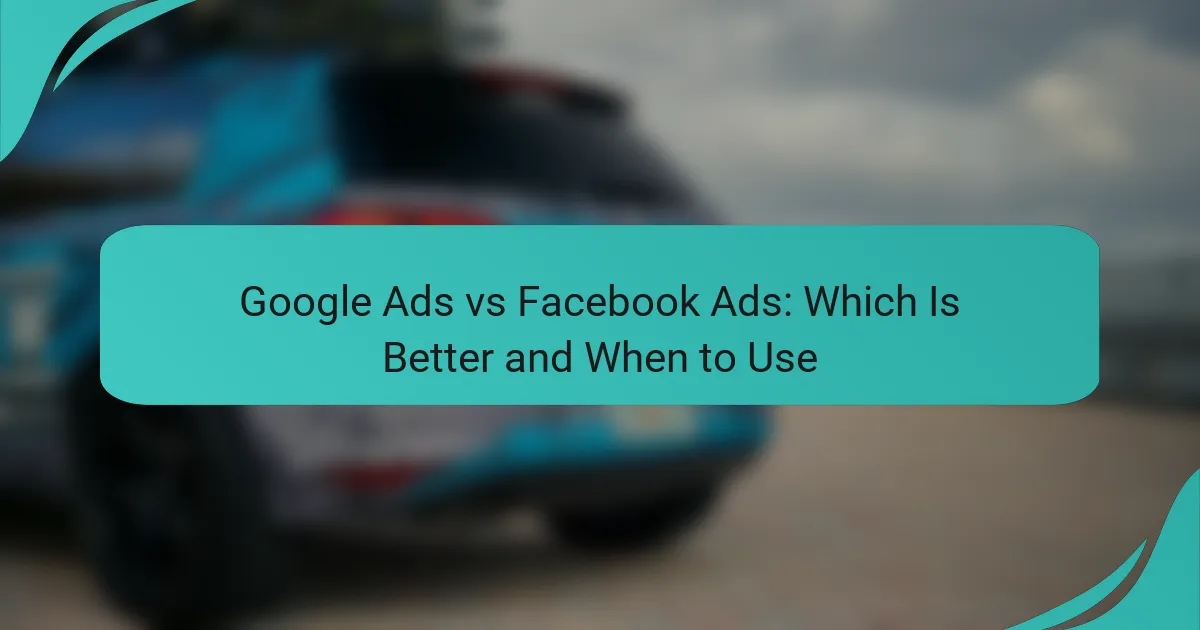Retargeting ads are a powerful tool for businesses looking to re-engage users who have previously interacted with their brand. By employing tailored strategies, companies can boost conversion rates and maximize return on ad spend, while also enhancing brand visibility. These ads effectively remind potential customers of products they showed interest in, encouraging them to return and complete their purchases.
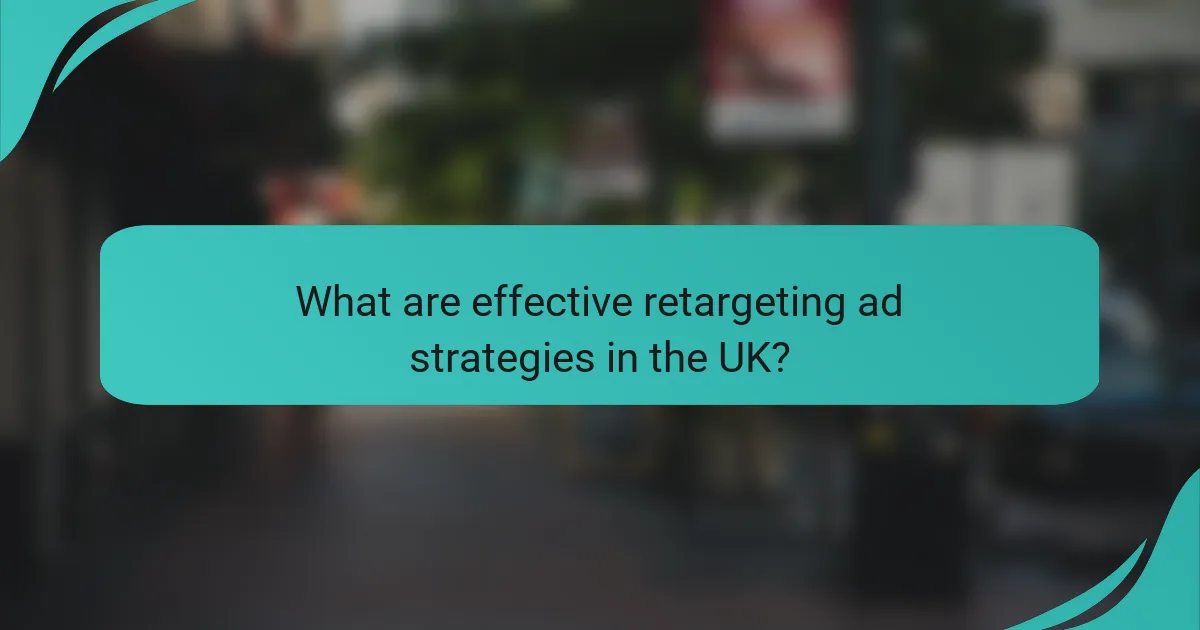
What are effective retargeting ad strategies in the UK?
Effective retargeting ad strategies in the UK focus on re-engaging users who have previously interacted with your brand. By utilizing tailored approaches, businesses can significantly enhance conversion rates and improve return on ad spend.
Dynamic product ads
Dynamic product ads automatically showcase products that users have previously viewed or shown interest in. This strategy uses product catalogs and user behavior data to display relevant items, making it easier to convert potential customers. For example, if a user browses a pair of shoes on your website, they might see ads for those shoes across various platforms.
To implement dynamic product ads effectively, ensure your product feed is up-to-date and accurately reflects your inventory. Regularly analyze performance metrics to optimize your ad placements and creative elements.
Sequential retargeting
Sequential retargeting involves showing ads in a specific order based on the user’s previous interactions with your brand. This method helps guide potential customers through the sales funnel by presenting tailored messages at each stage. For instance, a user who first sees a general brand ad may later receive an ad highlighting a specific product or a promotional offer.
To execute sequential retargeting, create a clear user journey and define the sequence of ads that align with your marketing goals. Monitor engagement rates to refine the sequence and ensure it resonates with your audience.
Personalized messaging
Personalized messaging tailors ad content to individual users based on their preferences and behaviors. This approach can significantly increase engagement and conversion rates by making users feel valued and understood. For example, addressing users by name or referencing their past purchases can create a more compelling ad experience.
When crafting personalized messages, leverage data analytics to understand user behavior and preferences. Avoid overly generic messages, as they can lead to disengagement and lower conversion rates.
Cross-device retargeting
Cross-device retargeting allows you to reach users on multiple devices, ensuring consistent messaging regardless of where they interact with your brand. This strategy is crucial as users often switch between devices during their purchasing journey. For example, a user might browse products on their smartphone and later complete a purchase on their laptop.
To implement cross-device retargeting, utilize tracking technologies that link user behavior across devices. Ensure your ads are optimized for various screen sizes and formats to enhance user experience and drive conversions.
Lookalike audience targeting
Lookalike audience targeting involves creating ads aimed at users who share similar characteristics with your existing customers. This strategy helps expand your reach to potential customers who are likely to be interested in your products or services. For instance, if your current customers are primarily young professionals, targeting similar demographics can yield positive results.
To effectively use lookalike audience targeting, analyze your existing customer data to identify key traits and behaviors. Regularly update your audience profiles to reflect changes in market trends and customer preferences, ensuring your ads remain relevant and effective.

What benefits do retargeting ads offer?
Retargeting ads provide several key benefits, including enhanced brand visibility, improved conversion rates, and cost-effective advertising strategies. By targeting users who have previously interacted with your brand, these ads help keep your products or services top of mind, ultimately driving more sales.
Increased brand recall
Retargeting ads significantly boost brand recall by reminding potential customers of your offerings. When users see your ads multiple times across different platforms, they are more likely to remember your brand when making a purchasing decision.
For instance, a user who visits your website but leaves without buying may see your retargeting ad on social media or other sites. This repeated exposure reinforces brand recognition, making them more inclined to return and complete their purchase.
Higher conversion rates
Retargeting ads typically lead to higher conversion rates compared to standard ads. Since these ads target users who have already shown interest, they are more likely to engage and convert.
Research indicates that retargeted users are significantly more likely to click on ads and make a purchase. This can translate to conversion rates that are several times higher than those of traditional advertising methods.
Cost-effective advertising
Retargeting ads are often more cost-effective than other forms of advertising. Since they focus on users who are already familiar with your brand, the cost per acquisition tends to be lower.
By optimizing your ad spend towards users who are more likely to convert, you can achieve a better return on investment. This makes retargeting a smart choice for businesses looking to maximize their advertising budget.
Improved customer engagement
Retargeting ads enhance customer engagement by delivering personalized content based on previous interactions. This tailored approach encourages users to revisit your site and explore more of what you offer.
For example, if a user viewed specific products but did not purchase, retargeting ads can showcase those items or similar products, prompting them to return. This strategy not only increases engagement but also fosters a stronger connection between the customer and your brand.
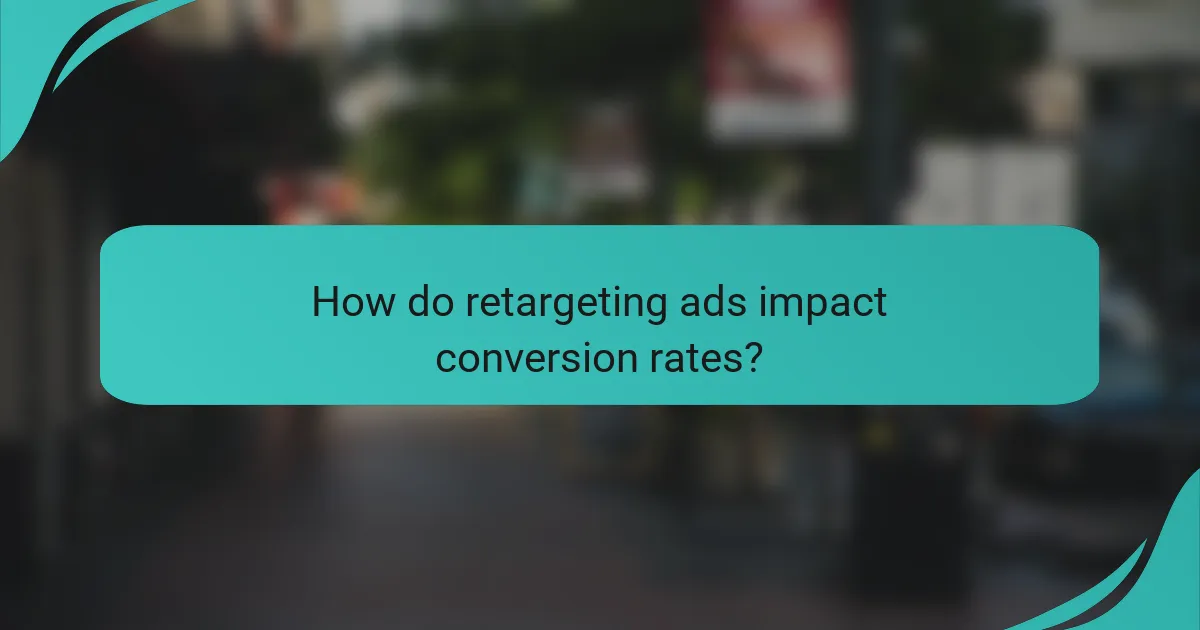
How do retargeting ads impact conversion rates?
Retargeting ads significantly enhance conversion rates by reminding potential customers of products or services they previously viewed. This strategy keeps your brand top-of-mind, encouraging users to return and complete their purchases.
Boosts return on ad spend
Retargeting ads can lead to a higher return on ad spend (ROAS) by focusing on users who have already shown interest in your offerings. By targeting these warm leads, businesses often see conversion rates increase by a notable margin, sometimes reaching up to 50% higher than standard ads.
To maximize ROAS, ensure your retargeting campaigns are well-segmented. For example, create different ads for users who abandoned their carts versus those who just browsed products. This tailored approach can lead to more effective messaging and higher engagement.
Shortens sales cycles
Retargeting ads help shorten sales cycles by re-engaging potential customers at critical moments in their decision-making process. By consistently reminding users of their interests, businesses can accelerate the path to purchase.
To effectively shorten sales cycles, consider using time-sensitive offers or limited-time discounts in your retargeting ads. This strategy can create a sense of urgency, prompting quicker decisions from potential buyers.
Enhances customer journey
Retargeting ads enhance the customer journey by providing a seamless experience across multiple touchpoints. By reminding users of their previous interactions, these ads create a cohesive narrative that guides them toward conversion.
To improve the customer journey, ensure your retargeting ads are visually consistent with your brand and previous communications. This consistency helps build trust and reinforces brand recognition, making it easier for customers to engage with your offerings again.

What are the prerequisites for successful retargeting?
Successful retargeting requires a solid foundation of website traffic analysis, proper pixel implementation, and effective audience segmentation. These elements ensure that your ads reach the right users at the right time, maximizing conversion potential.
Website traffic analysis
Analyzing website traffic is crucial for effective retargeting. Understanding user behavior, such as which pages they visit and how long they stay, helps identify potential customers who may need a nudge to convert.
Utilize tools like Google Analytics to track visitor patterns. Look for metrics such as bounce rates and exit pages to determine where users lose interest, allowing you to tailor your retargeting efforts accordingly.
Pixel implementation
Implementing tracking pixels is essential for retargeting campaigns. These small pieces of code collect data on user interactions with your website, enabling you to serve targeted ads to those who have previously shown interest.
Ensure that your pixel is correctly placed on key pages, such as product pages and checkout pages. This setup allows you to gather valuable insights and retarget users based on their specific actions, increasing the likelihood of conversion.
Audience segmentation
Audience segmentation involves categorizing users based on their behavior and demographics to deliver personalized ads. This practice enhances the relevance of your retargeting efforts, making your ads more appealing to specific groups.
Consider segmenting your audience by factors such as purchase history, browsing behavior, or engagement level. For instance, you might create separate campaigns for users who abandoned their carts versus those who viewed products but did not purchase. This targeted approach can significantly improve your conversion rates.
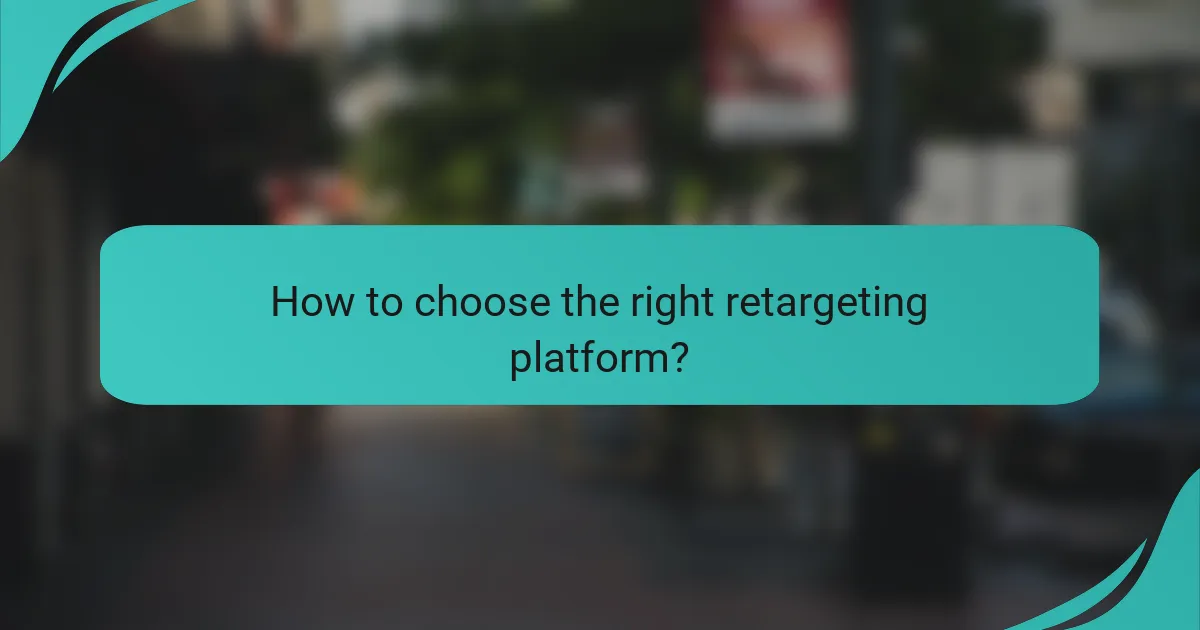
How to choose the right retargeting platform?
Selecting the right retargeting platform involves evaluating your target audience, budget, and advertising goals. Consider platforms that align with where your audience spends their time and the types of ads you want to run.
Facebook Ads Manager
Facebook Ads Manager is a powerful tool for retargeting, allowing you to reach users who have previously interacted with your brand on Facebook or Instagram. You can create custom audiences based on website visits, app usage, or engagement with your posts.
When using Facebook for retargeting, consider the ad formats available, such as carousel ads or video ads, to capture attention effectively. Set a budget that aligns with your overall marketing strategy, keeping in mind that costs can vary based on audience size and competition.
To maximize effectiveness, regularly analyze performance metrics like click-through rates and conversion rates. Adjust your campaigns based on what resonates best with your audience.
Google Ads
Google Ads offers robust retargeting options through the Display Network and Search Network, allowing you to reach users across millions of websites and apps. You can create remarketing lists based on user behavior, such as pages visited or time spent on your site.
Consider using dynamic ads to show personalized products or services to users, which can significantly enhance engagement. Set your budget according to your goals, and be aware that costs can fluctuate based on keywords and audience targeting.
Regularly review your campaign performance, focusing on metrics like return on ad spend (ROAS) and conversion rates. This will help you refine your strategy and improve overall effectiveness.



